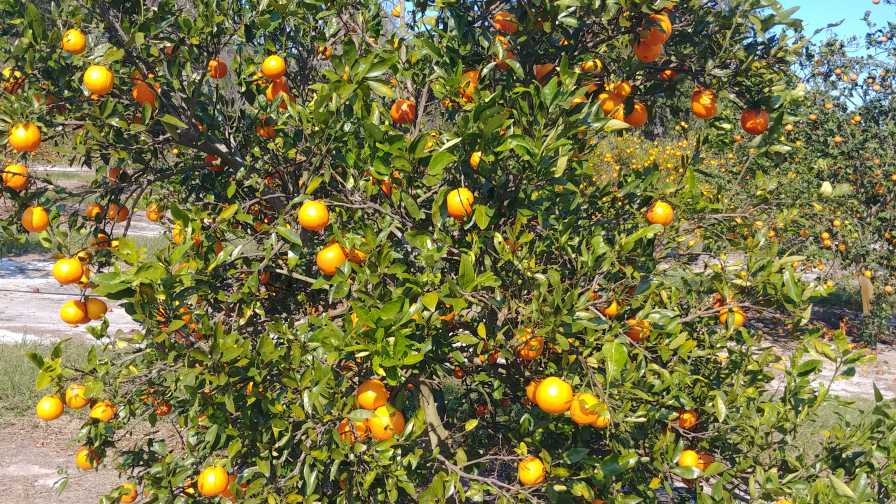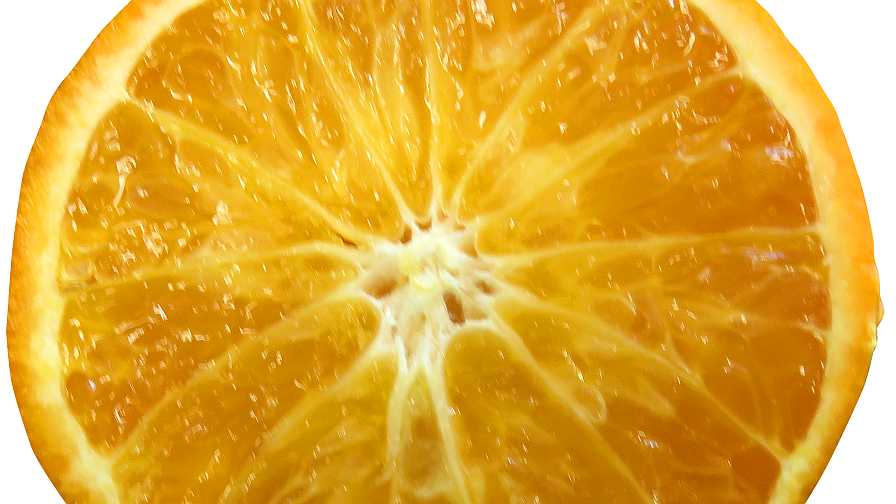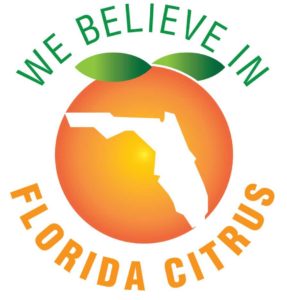Somewhere among the peaceful bliss of pre-Disney Orlando, USDA’s Dr. Jack Hearn produced a ‘Lee’ x ‘Nova’ mandarin hybrid that would ultimately excite and frustrate Florida’s citrus industry. Labeled the 6-13-44 in Florida, this selection was known for producing large, seedless, peelable fruit of exceptional flavor. In fact, Dr. Hearn once commented that the 6-13-44 was the best-tasting fruit he produced in his career. Unfortunately, though, it would bloom like a gardenia bush, fruit-set in Florida was inconsistent and deemed not commercially viable.
Over a 40-year period, despite heroic efforts to rectify the situation, the 6-13-44 produced one commercially acceptable crop in Florida. On the plus side, the trees endured all the 1980s freezes in Lake County and in every freeze, it was rated among the least damaged.
The 6-13-44, identified as the 88-2 in California, produced moderate, though commercially acceptable crops. Based on its superior peel-ability in California conditions, excellent flavor, lack of seeds, and marketable fruit size, the 88-2/6-13-44 was released in June 2019. It has slowly gained favor in California and is now grown as a commercial and dooryard variety. California acreage is slowly increasing each year, and it is finding favor in the marketplace.
Despite Florida’s citrus industry long ago giving up hope for the ‘US Superna’, USDA-ARS’ Dr. Ed Stover had buds grafted to US-812 as part of a trial to compare cold-hardy citrus scion types. When the first crop set, he made an interesting and potentially exciting observation. The ‘US Superna’ cropped well and consistently across the trees in the trial.
Wondering if this might be coincidence, he elected to await a second year’s cropping. This small-scale experiment has now produced two healthy crops of ‘US Superna’ fruit. The early, poorly cropping trees were on Carrizo, Cleo, Sour, and Swingle. Is it the rootstock that is making the difference? Considering its marketable characteristics, USDA is assisting in the propagation of approximately 75 ‘US Superna’ trees on US 812 rootstock for inclusion in grower trial blocks for observation. It is not yet known whether the ‘US Superna’ will be commercially viable in Florida, but hope springs eternal.
‘US Superna’— the Basics
Here are a few facts about the ‘US Superna’ you might find interesting:
- It is an un-irradiated diploid that produces seedless fruit. It is not likely to cause seediness in other varieties, and it will remain virtually seedless even in the presence of other viable pollen.
- Fruit with one to two seeds can occasionally be found, but most will be seedless.
- HLB tolerance is much better than average.
- Maturity is November to December in Florida.
- Peel is somewhat pebbly with a dark-orange color. It does not degreen well, so fruit must be left to color on the tree. Not much is known about post-harvest performance in Florida.
- Peelability is acceptable in Florida but may adhere to the blossom end, which often displays a navel. Fruit does not peel as easily as fruit from California. Not considered a zipper-skin in Florida, but it is peelable.
- Very little granulation has been observed.
- The variety is thought to be relatively cold hardy.
- Fruit can develop off-flavors when waxed. It is reported that much of the fruit grown in California is sold unwaxed and seems to hold up well.
Author’s note: Special appreciation to Dr. Ed Stover, USDA-ARS, for his contributions to this column
One of the key components of sustaining the future of Florida citrus is new varieties and rootstocks that are more resistant to HLB. The drive to find these selections has put more lines of citrus in front of growers than ever before and the plant breeders continue the quest.
Peter Chaires has been on the front lines in his role as Executive Director of New Varieties and Development Corp. And he has been informing us about these selections through his Citrus Nursery Source column for more than 11 years. Thanks, Peter, for believing in Florida citrus!












